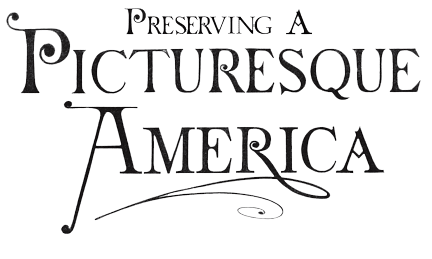Our second day in Charleston we did lots of exploring. We were looking around in the suburbs for big live-oaks. No not just a 80 year old tree. Something more like a 300 year old tree, maybe more than that. Today we were looking for an enormous live-oak tree. This tree was depicted in an engraving, but we decided we weren’t going to try and find THE tree, but find other large and picturesque trees. We drove around in the suburbs of Charleston, looking for trees this size. they spread their limbs out wide and created lots of shade. Spanish moss hung off of some limbs and even small ferns sprouted out on some of the wider branches. The trees were very majestic and beautiful, reminding me of Mirkwood from the Hobbit story. We saw lots of live oaks, often as large as some of oaks in the mountains, but never to the massive proportions that we saw in the wood engraving. We looked in a graveyard, and as we were leaving, we spotted a avenue of oaks. Most were real big, but still maybe only half of the size we were looking for. At the end of the avenue there was a circle leading into a housing development, and one gargantuan live oak. It was not as large our search needed, but it was not small.
The tree was so big our entire family couldn’t reach our arms around it. We looked around the neighborhood, but saw none that were especially large (they were still pretty big though, just not compared to some of the largest one we had seen). We visited Drayton Hall, a historic plantation home. We walked the grounds, exploring along the riverside.
In front of the house was another live oak. There were several scattered across the grounds, and they stood tall like majestic monuments, tall and wide, with soft and gentle Spanish moss hanging from it’s gnarled and rough branches. We then went inside the Plantation house itself. The entire house was meant to be like an English House. There ate lots of elaborate and ornate wordwork, plaster ceilings, and tiles. On the lowest level there were the slave quarters and kitchen. On the second and third floors there were the living quarters. the entire left side of the house was for the family to live in, and the right side was used for guests and people of high status. The house was in the family until the 1900’s and then was falling apart after that. Later, it was restored and made into the historic site it is today. After the tour, we explored around the property looking for larger oak trees, but we weren’t successful. So we looked around more. We found oaks so old, their limbs were almost touching the ground, and they were at much wider than high. We climbed onto one! We went through some marshland, where there was so much green algae on the water surface that it looked like solid ground. One time my dog stepped off of a dock thinking the algae was ground and she fell into the water! Nobody could stop laughing after that. I smiled at the memory. We went downtown for a good dinner at a local place and went to our tent and slept well after a long day of exploring.

